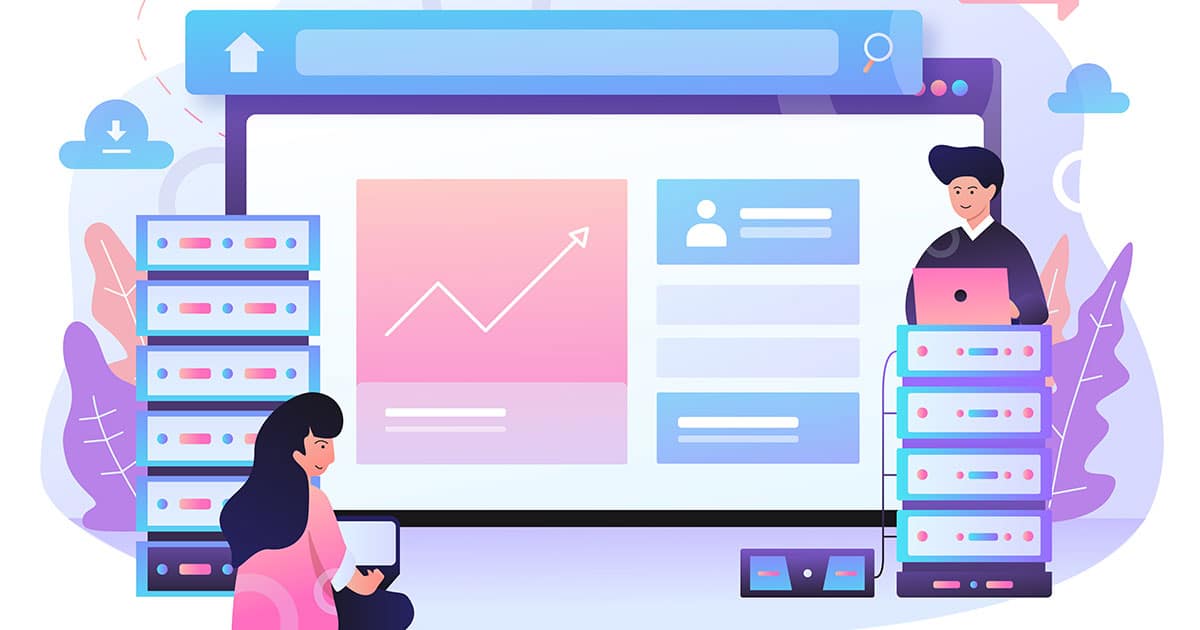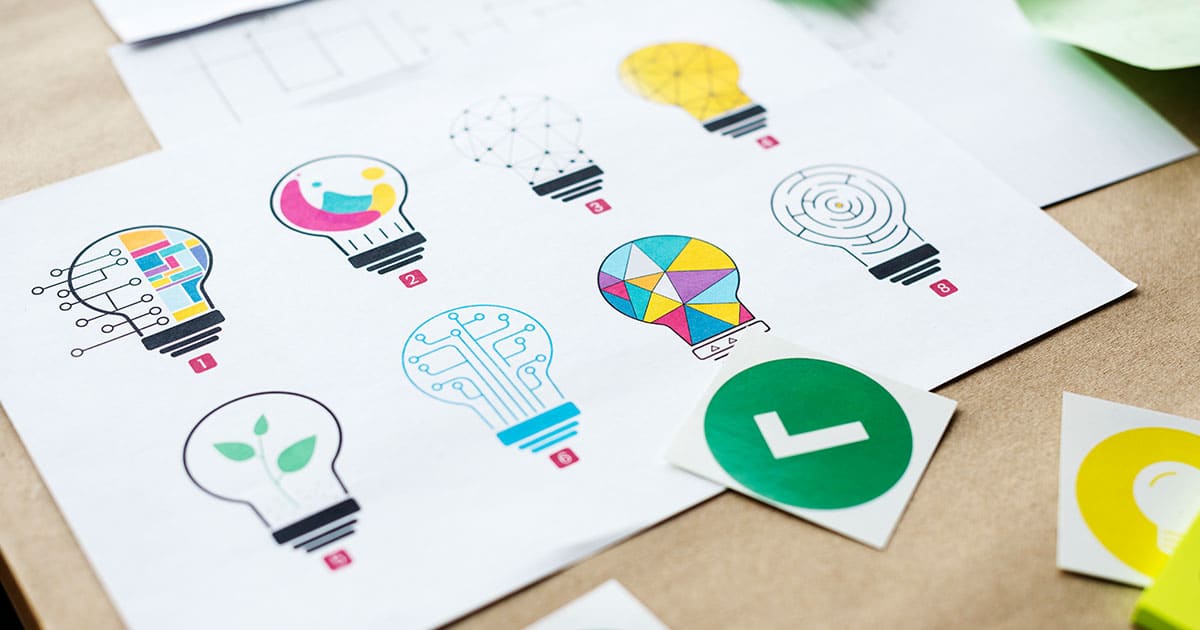In a world where commodity increasingly becomes democratized, where technology levels the playing field between business upstarts and industry incumbents, there’s a subtle yet powerful differentiator that keeps emerging as the silent engine behind transcendent business success—good design. But what is it about design that makes it more than just a pretty facade for companies? And how can it actually be leveraged as a potent strategy for growth? This blog post will explore the deep, often uncharted waters of design’s impact on business growth and offer insights for entrepreneurs and small business owners on wielding design as a competitive edge.
Design Thinking Demystified
It’s easy to reduce the term ‘design’ to mere aesthetics, a misconception that belies its true essence. At its core, design is about problem-solving and creating human-centric solutions. When businesses adopt a design thinking approach, they’re not just thinking about the visual appeal of their products or services, but rather about the entire user experience, from the first encounter to after-sales support. This mindset leads to innovations that are not only functional but resonant with the needs and desires of the consumer—a strategy that invariably leads to growth.
Design as Differentiation
Consider two brands in a commoditized market. One opts for a generic, off-the-shelf design while the other invests in user experience, packaging, and branding. The latter will invariably command higher margins and customer loyalty. It’s not that the product has any functional superiority; it’s the ‘unboxing’ experience, the brand identity, and the ease of use that set it apart. Through design, businesses can carve out a unique identity that is difficult to replicate, effectively differentiating themselves in the market.
The Empathy Effect
Empathy is a foundational principle of design thinking. By putting oneself in the shoes of the customer, businesses can identify pain points and moments of truth in the customer journey. Addressing these with an empathetic design stance not only creates a better product or service but also fosters a profound connection with the customer. It’s this emotional resonance that often leads to word-of-mouth acclaim, the most potent form of marketing.
From Good to Great: Design’s Role in Branding
Your brand is more than your logo, your color scheme, or your tagline. It’s the composite perception that exists in the minds of your customers and it’s intricately linked to design. A strong brand is an invaluable asset—it’s what people pay a premium for, it’s what keeps bringing them back, and it’s what they’re willing to vouch for.
Consistency Builds Trust
Consistency in design across all touchpoints—be it your website, your product, or your marketing collateral—reinforces the brand identity. Over time, customers come to associate certain design elements with your brand and this predictability fosters trust. Trust leads to a reduction in perceived risk, and customers are more likely to choose a brand that they trust, driving sales and fostering growth.
Memory Triggers
Human beings are visual creatures. Well-designed logos and other brand assets act as memory triggers, keeping your brand top-of-mind. This strategic placement in the customer’s consciousness is invaluable, especially when they are making purchase decisions. When people remember your brand easily, it opens the door for repeat business and referrals, both of which are pivotal for growth.
Design in Product Development and Innovation
The products that resonate most with consumers are often the ones that seamlessly meld functionality with an aesthetically pleasing design. Think Apple’s iPhone or Tesla’s electric cars. These are products that are as delightful to look at as they are to use.
Aesthetics and Usability
Studies have consistently shown that the aesthetic value of a product significantly influences a consumer’s perception of the product’s capabilities. A well-designed product suggests quality and performance, even if the customer is not consciously aware of it. Additionally, good design doesn’t just stop at making products look good—it also makes them more intuitive to use, which reduces barriers to adoption and increases customer satisfaction.
Design-Led Innovation
Design-led companies don’t just create new products; they create new markets. By having designers at the forefront of the innovation process, businesses can tap into unmet customer needs more effectively, leading to the creation of disruptive technologies and services. This approach to innovation not only keeps companies ahead of the curve but also sets the curve for others to follow—a surefire strategy for sustained growth.
The Digital First Impression: Web and UX Design
In today’s digital age, your first impression is often your web presence. And in this realm, design is the first—and sometimes the only—thing customers interact with.
Mobile Optimization
With more people accessing the internet via mobile devices, having a website that is optimized for these platforms is no longer optional. Websites that are not mobile-friendly not only detract from the user experience but also receive lower rankings in search engine results pages. Good UX design for mobile ensures that every customer interaction with your brand is a pleasant one, regardless of the device.
Conversion-Centric Design
The layout, the color scheme, the font—all of these design elements play a crucial role in driving user behavior on your website. Whether it’s making a purchase, signing up for a service, or simply staying engaged, a well-crafted website can significantly increase your conversion rates. By understanding user psychology and leveraging design principles, businesses can guide users through the conversion funnel more effectively, which is a direct contributor to business growth.
Cultivating a Design-Driven Culture
For design to truly impact growth, it cannot be an afterthought—it must be woven into the cultural fabric of the entire organization.
Leadership and Mandate
It’s crucial for the leadership to not only appreciate the value of design but also to mandate its integration into every facet of the business. This top-down approach signals the importance of design in the company’s strategy, and this commitment filters down throughout the organization.
Education and Collaboration
By providing resources for design education and fostering cross-functional collaboration, businesses can ensure that design is not the sole responsibility of a few, but a company-wide effort. When employees from different departments understand the value of design and work together, it leads to more holistic, impactful solutions.
Measuring Design Impact
To treat design seriously, it’s important to measure its impact. This can be done through various means, including customer satisfaction surveys, A/B testing of design variations, and tracking brand awareness. This data-driven approach not only justifies design investments but also guides iterative improvements, ensuring that design continues to contribute to business growth.
Real-World Applications of Design-Driven Growth
It’s all well and good to discuss the theoretical foundations of design’s role in growth, but the most compelling proof is in the real-world success stories.
Case Studies
From startups that disrupt entire industries to legacy companies that reinvent themselves, case studies abound with examples of design’s pivotal role in business growth. These stories serve as inspiration and provide tangible evidence of design’s impact for skeptics and enthusiasts alike.
Expert Perspectives
By drawing on the insights of design leaders, entrepreneurs, and industry experts, we can glean from their experiences and learn the best practices for harnessing design for growth. Such wisdom, when applied judiciously, can lead to a more fluid and effective design strategy within one’s own business.
Design is not merely a facet of your business—you can make it the heartbeat. By understanding its role in differentiation, branding, product development, digital presence, and company culture, you empower your venture for sustainable growth. To dismiss design as a mere line item on your budget is to miss out on one of the most powerful tools in the business toolkit. In every pixel, every landing page, every user manual, design speaks volumes—of quality, of innovation, of customer-centricity. It’s time to turn up the volume and listen to what design can say for your business.







